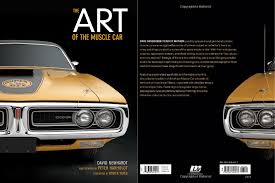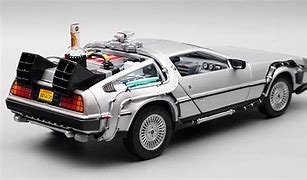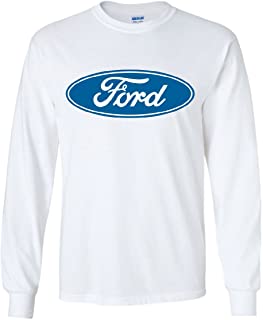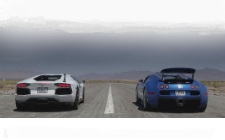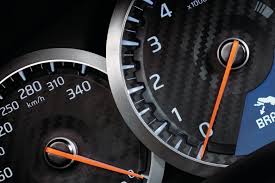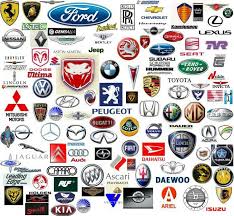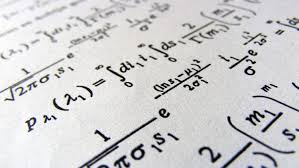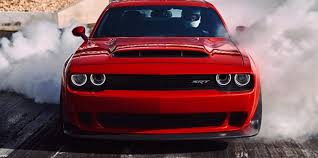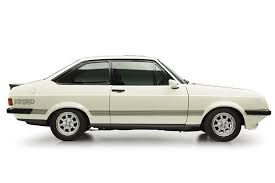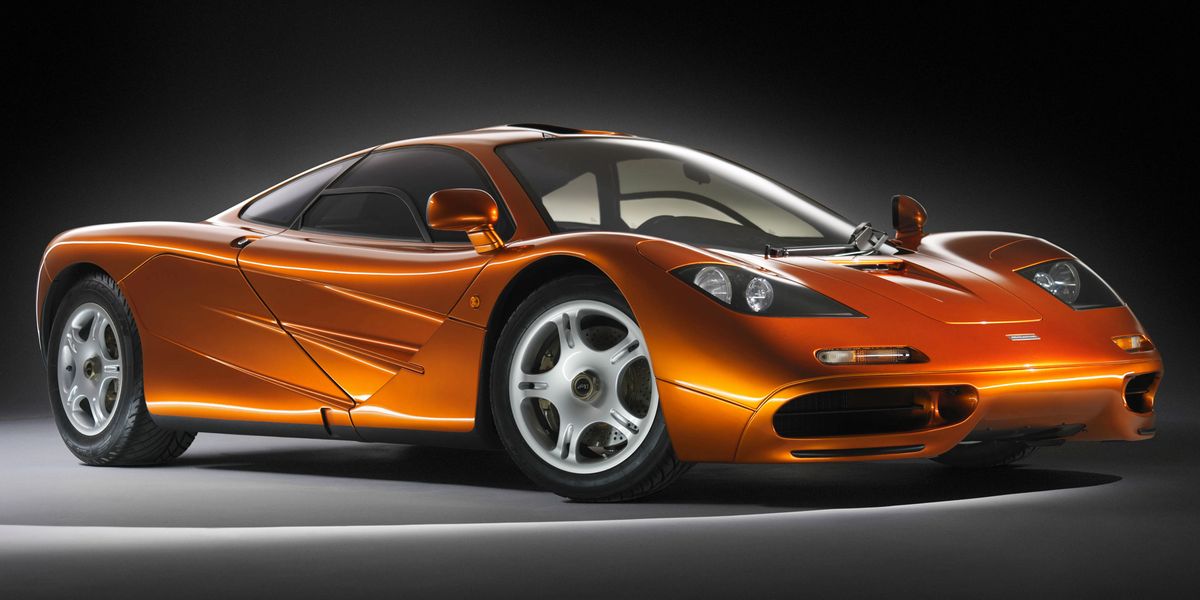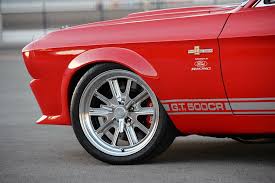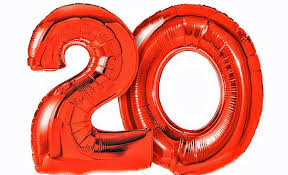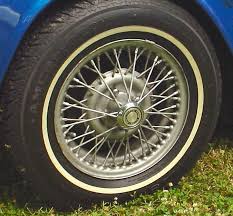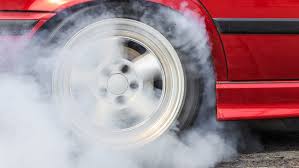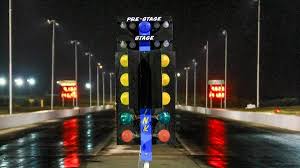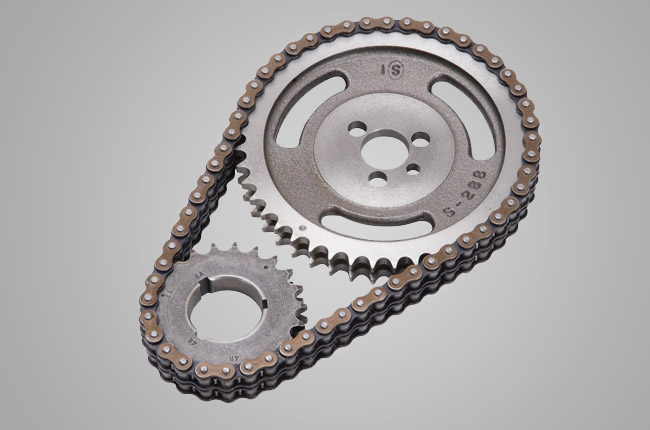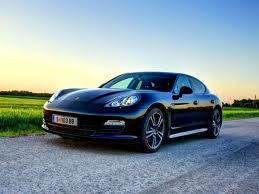
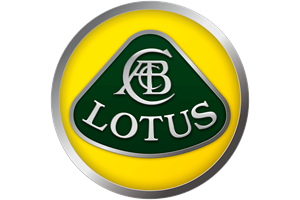

This edition of the Lotus Evora GT430 Sport 3.5 V6 Supercharged is the 6 speed / Manual version and was first brought out in 2017. This was at around the same time as the introduction of the 2018 Bugatti Chiron Sport 8.0L W16 Quad Turbo and the 2018 Bugatti Divo 8.0L W16 64 Valve Turbo.This particular Lotus Evora has a 3456cc Supercharged Petrol powerplant with 6 cylinders in a V formation.
The Evora shares its Petrol V6 engine configuration with the likes of the 2014 Radical RXC 3.5 V6 Twin Turbo and the 2015 Radical RXC Turbo 500 3.5 V6. If you're looking for other fast cars which share the Evora's Rear Wheel Drive, Coupe combination then how about the 1982 Fiat X1/9 1.5 8V or the 1965 Aston-Martin DB6 1965.
Weighing in at 1289 kgs (2841 lbs) this makes the Lotus Evora GT430 Sport 3.5 V6 Supercharged in the same weight category as the 2023 McLaren 750S 4.0 V8 Twin Turbo or the give or take 50kg.
![BMW 2 Series M2 3.0 Twin Turbo G87 Steptronic - [2022] image BMW 2 Series M2 3.0 Twin Turbo G87 Steptronic - [2022] image](/editionimages/2306.jpg)
The Lotus Evora shares the same bhp with the 2022 BMW 2 Series M2 3.0 Twin Turbo G87 Steptronic (454 bhp)
In terms of power the 3456cc 24V V6 engine produces 430 bhp (320 kW) @ 7000 rpm similar to the 2022 BMW 2 Series M2 3.0 Twin Turbo G87 Steptronic (454 bhp) or the 2022 BMW 2 Series M2 3.0 Twin Turbo G87 (454 bhp).
The Supercharged V6 throws out 325 lb-ft (440.6 Nm) @ 4500 rpm placing it with cars of similar torque performance figures such as the 2023 Porsche Boxster Spyder RS 4.0 982 (332 lb-ft) or the 2023 Porsche Cayenne E-Hybrid 3.0 V6 Turbo (310 lb-ft).
If one combines the weight with power or torque performance for the Lotus Evora you can get a better idea of it's real world performance.
The Lotus Evora has a Power to weight ratio of 333.5 bhp per ton and 252.1 lb-ft per ton. Bhp Per Ton figures of the 2017 Evora competing with the 2003 Ford GT 5.4 V8 (357.6 bhp per ton) or the 2016 Porsche 911 Turbo S 991 II (357.5 bhp per ton).
If you agree with the late great Carroll Shelby then arguably an even better indicator of potential performance, Torque. Use weight as well and you end up with - Torque per ton, with the Lotus Evora generating around 252.1 lb-ft per ton. If you're curious as to what other cars have as much torque to weight then look no further than the 2009 Ford Mustang GT 500 (276.9 lb-ft per ton) or the 2012 Jaguar F Type 5.0L V8 S Cabriolet (276.8 lb-ft per ton).
With a 0-60mph time of 3.70 secs or a 0-100km/h (0-62mph) of 3.8 secs, this made the Lotus Evora GT430 Sport 3.5 V6 Supercharged as fast as the 2022 BMW 8 Series M850i xDrive 4.4 V8 Turbo G15 (3.70 secs) the 2022 Ford Mustang Shelby GT500 (3.70 secs) the 2021 Porsche 911 GT3 Touring 992 (3.70 secs) the or the 2021 Porsche 911 GT3 992 (3.70 secs). This Lotus Evora GT430 Sport 3.5 V6 Supercharged is also faster than the 2023 BMW X5 M Competition 4.4 Turbo F95 (3.80 secs) the 2022 Porsche 911 Carrera T 3.0 Turbo PDK 992 (3.80 secs) the 2021 BMW i4 M50 (3.80 secs) the and the 2021 Mercedes SL Class 55 4Matic+ 4.0 V8 Twin Turbo (3.80 secs).
When talking about the performance of the Lotus Evora on the drag strip it can reach a quarter mile in an estimated 11.81 secs @ 115.8 mph. Similar performance down the quarter mile can be found with the the 2011 Dodge Charger SRT8 6.4 V8 (11.76 secs), the 2023 Toyota Corolla GR Morizo Edition 1.6 Turbo (11.76 secs), and the 2008 Mitsubishi Lancer Evo X RS (11.77 secs).
Modern performance cars are often artificially restricted to 155mph. The 2017 version of the Lotus Evora GT430 Sport 3.5 V6 Supercharged has a maximum speed of 196mph.
If maxing out your car on the AutoBahn is your thing and you're wondering what's faster than the 2017 Lotus Evora GT430 Sport 3.5 V6 Supercharged then how about the 2019 Bentley Flying Spur 6.0 W12 Twin Turbo (207 mph), the 2018 Bentley Continental GT 6.0 W12 Convertible (207 mph), or the 2017 Bentley Continental GT 6.0 W12 Turbo (207 mph).


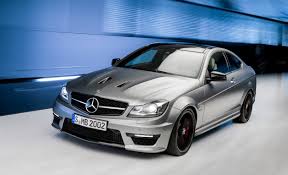
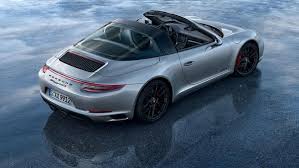
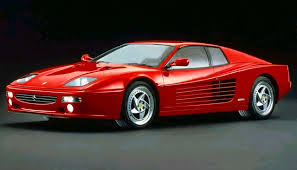
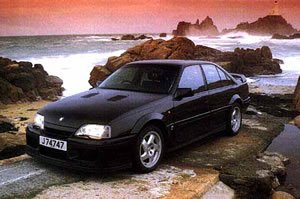
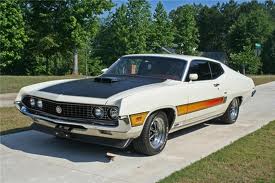


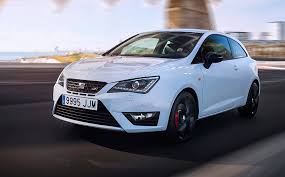
Seat Ibiza Cupra 1.8 Turbo
Engine: Turbo Petrol | 1798cc 16v St4
Top Speed: 146 mph
0-60mph: 6.50 seconds

Dodge Dart Demon Sport Coupe 5.5 V8 340
Engine: Naturally Aspirated Petrol | 5563cc 16v V8
Top Speed: 205.9 kph
0-100kph: 6.2 seconds
